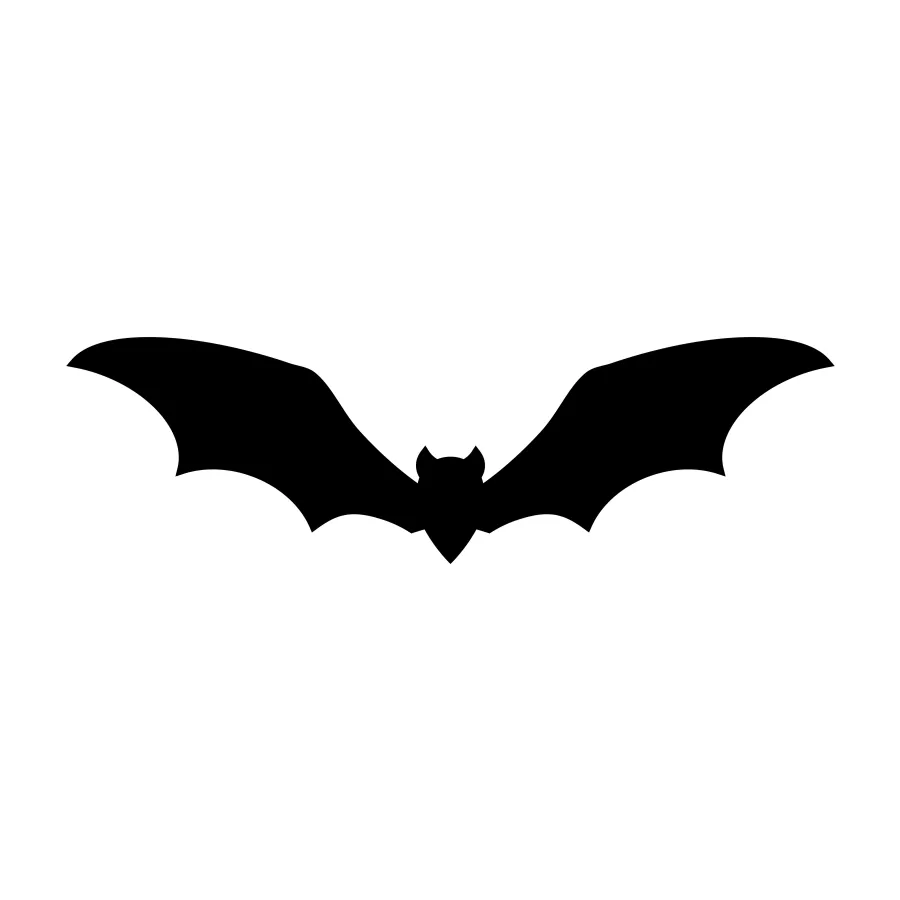Bats
Bats
Georgia is home to 16 species of bats! Bats have been subjected to countless myths, superstition, fear, and uncertainty over the years and they are not the blood thirsty creatures you may have been told about as a kid. Bats are very beneficial to our ecosystem. They provide a beneficial service by foraging on flying insects, many of which are pests. Bats will roost in attics, walls, gable vents and other areas around your home or building. They only need 3/8" of a gap to enter. Bats are nocturnal (active at night). Bats are mammals and give live birth. They mate in the fall but give birth in the spring and usually have small numbers of young ranging from 1-4. In many bat species, females will roost together when giving birth and raising their young. Baby bats can take 6-8 weeks to be developed enough to fly and roosting together helps provide additional warmth for further development.
Bats are protected in GA. You are not permitted to kill bats or disrupt female colonies during the designated breeding season which is May 1 - August 15. The preferred method of removing bats from a structure is to exclude them from the structure. There are some health concerns associated with bats and the most common concerns are rabies and histoplasmosis. Rabies is a dangerous, fatal disease, but only about 5 percent of bats submitted for testing are infected with the rabies virus. Histoplasmosis is a fungal disease associated with their guano (feces). Over time when piles or layers of guano decomposes, it becomes susceptible to fungal growth. Any piles or layers of guano needs to be removed and affected areas need to be disinfected and deodorized to minimize any health and odor concerns.

